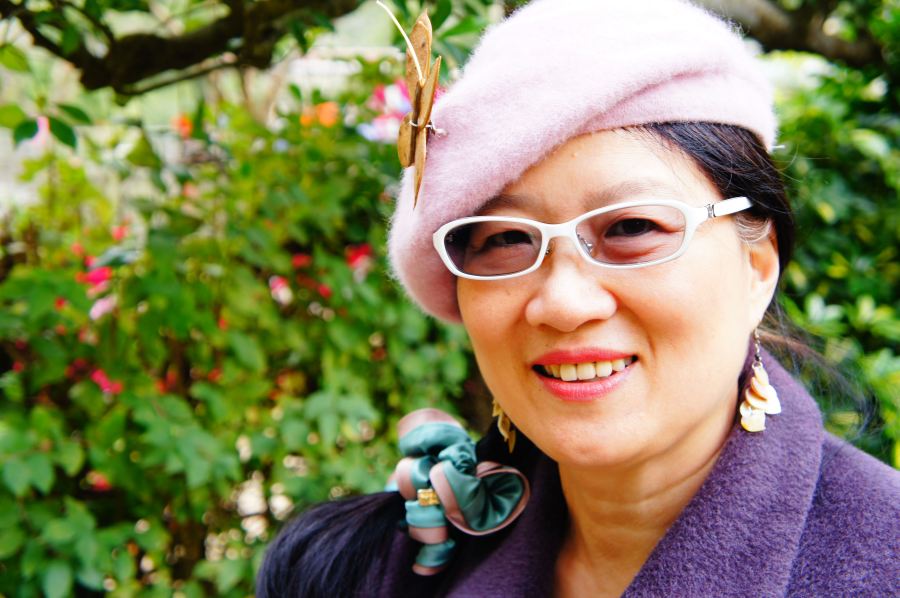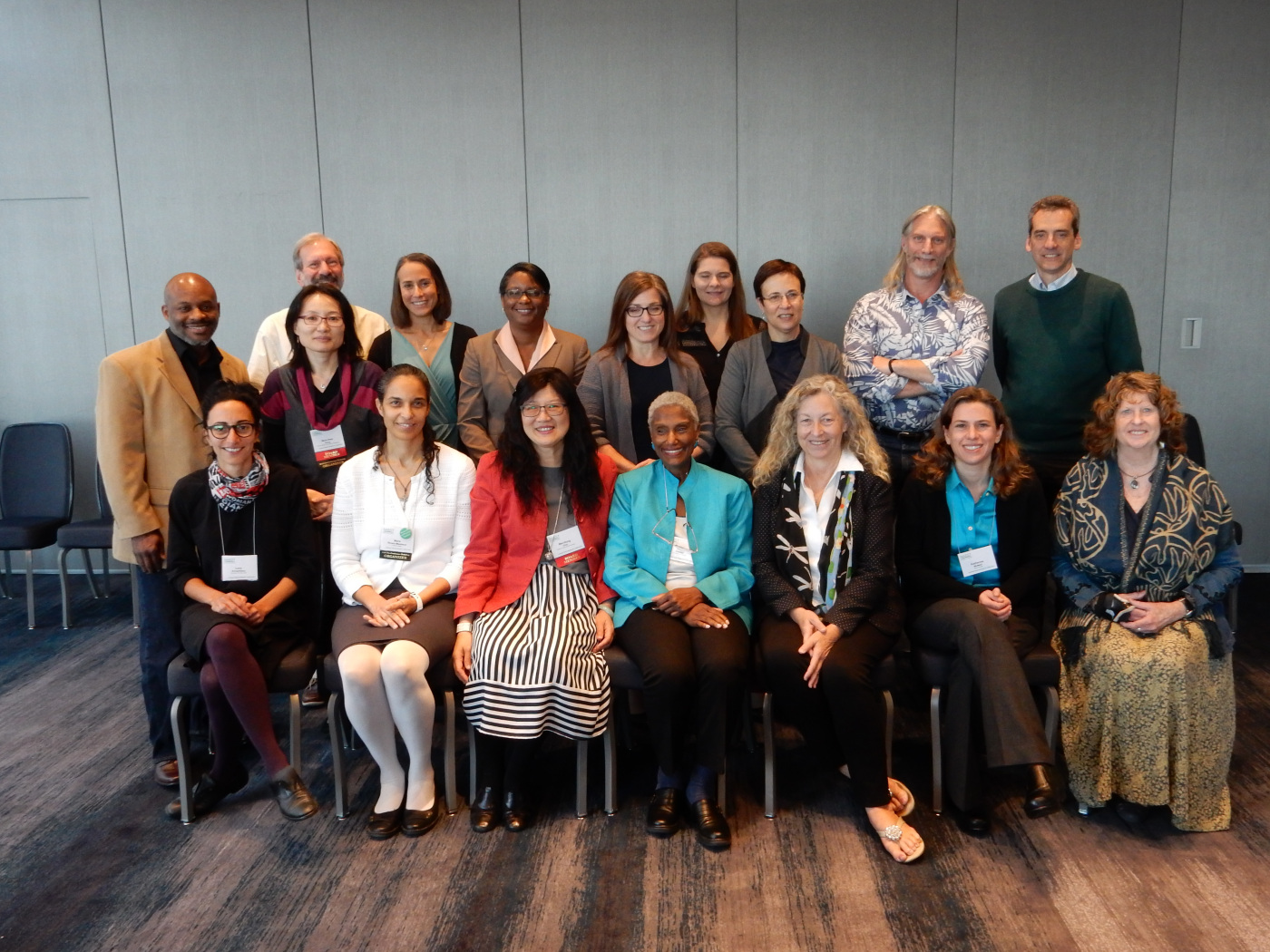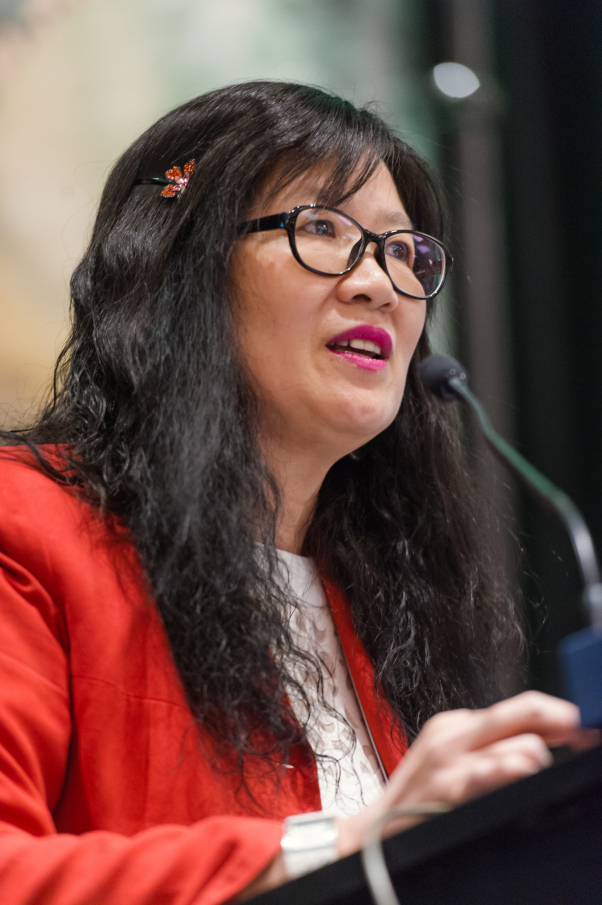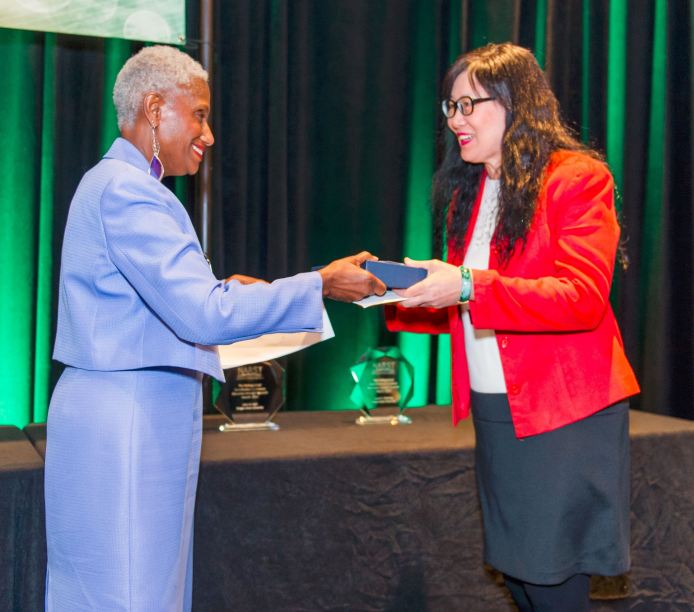Message from the President, July 2016

NARST President
Wow! What a year and what a conference! As I write this, the 2016 NARST annual international conference in Baltimore has just concluded. I hope all of you feel as I do that it was not only a fruitful and productive conference, but also a fun conference. Many thanks go to the Immediate Past President Mary M. Atwater, chair of the 2016 conference, who made a great effort to have the program so organized and well attended. Also, thanks to Executive Director Bill Kyle, the program coordinator Toni Sondergeld, strand co-chairs, and our management company DMG, who all worked very hard to structure the conference program and to best schedule events and meetings in a very tight schedule. Working alongside this team was truly an honor and a humbling experience. Of course, Past President Valarie Akerson and the Board of Directors were very supportive and helpful with the various tasks that NARST needs to fulfill its functions and mission and to serve its members. I would like to take this opportunity to thank all of them for all of their support and also for making last year as wonderful as it has been.
Visiting Committees during the Conference to Thank Volunteers
During the conference, I chaired the Program Committee meeting to gather ideas for future conferences and to show my appreciation for the members’ contributions to NARST. I also attended additional committee meetings with Mary M. Atwater, as well as others on my own, to meet with new committee members and show our appreciation for their voluntary work for NARST. It was truly a pleasure to meet these selfless and dedicated people, who volunteer and spend so much of their own free time to do all of this work so that NARST can continue to be one of the most important science education professional associations in the world. I have also gotten quite a bit of valuable feedback from our committee members regarding how to improve the services that we, as a team, provide to our members. For example, it was suggested that we need to advertise the strand meetings more so that people will know that they are, in fact, open meetings instead of closed ones. This would boost attendance at the strand meetings, at which people from the same field can gather and discuss matters that are central to their interests and exchange ideas that could influence how their strands will be run within NARST in the future. This is exactly what we will try to do in the coming year.
Working with the Presidential Team on Moving NARST toward a Governance Organization

Row 1 – Lucy Avraamidou, Maria Rivera Maulucci, Mei-Hung Chiu, Mary M. Atwater, Barbara Crawford, Katherine McNeill, Lynn Dierking; Row 2 – Jomo Mutegi, Nam-Hwa Kang, Bill Kyle, Alicia Alonzo, Eileen Parsons, Deborah Hanuscin, Selina Bartels, Tali Tal, Dana Zeidler, Gregory Kelly
In the beginning of this year, NARST members voted to move NARST from an operating organization to a governance organization. This was a significant contribution that Valarie Akerson made during her leadership as the President and Immediate Past President from 2013 to 2016. Mary M. Atwater then carried on this work, with the vote passed during her leadership from 2014 to 2016. I was honored to be involved as the President-elect and will carry on this mission to fulfill the goal of transitioning to a governance-based organization. NARST will be able to enhance its impact as a leading science education association and ptovide insightful services through new infrastructure and missions.
Making Committee and Strand Assignments
I assigned the newly elected Board members to Standing Committees: Lynn Dierking (Oregon State University) as the Awards Committee co-chair, Katherine McNeill (Boston College) as the External Policy and Relations Committee co-chair, and Maria Rivera Maulucci (Barnard College) as the Research Committee co-chair. Of course, Lucy Avraamidou (University of Groningen, The Netherlands) was elected as International Coordinator of NARST and will chair the International Committee. In addition, I assigned volunteers to co-chair strands of the conference program and to join the standing committees as committee members, in accordance with their expertise and research interests so that they can assist NARST to provide better service to its members as a professional and scholarly organization.
Virtual Colloquium
We have also been discussing the possibility of starting a virtual colloquium to be held in parallel to the regular conference. With NARST membership expanding more globally, the virtual colloquium will allow those who live just a bit too far away or those who cannot travel due to ailment or cost to still contribute to our annual gathering. Persons from UNDP-700 countries are especially encouraged to apply. Papers for the virtual colloquium will be reviewed just like regular conference papers, and everyone will be allowed to request that their papers be reviewed for the virtual colloquium. For details, please see the call for proposals on the NARST website – available in early July 2016.
However, the virtual colloquium is NOT a replacement for the regular conference. Face-to-face interactions and on-the-spot feedback are difficult to replace, despite great advances in technology. Therefore, we still want our members to join us at the physical world conference if they can and to save the virtual world conference for those who cannot attend in person. This is not to say that you cannot join the virtual colloquium if you attend the physical conference. Comments and questions are still welcome in the virtual colloquium. Any feedback on the virtually presented papers will, without a doubt, further enrich the experience for your faraway peers. So please, join us not only in the physical conference, but also online.
2017 Conference Theme: Glocalization and Sustainability of Science Education Research and Practice

Annapolis, MD
As I mentioned in my speech during the 2016 conference awards luncheon, more and more data are becoming available to us. Global data such as TIMSS and PISA are giving us a chance to gauge both the differences and the similarities among different countries and regions in terms of science learning. For the coming 2017 NARST annual international conference, the theme was set to bring science education researchers and educators together to ponder how we can connect with each other through research, make good use of international big data, and produce healthy and successful local learning environments.
Research published in international journals has often combined academic resources with multinational, if not intercontinental, coordination. This work has pushed the field of science education research forward on a global scale. But what does this mean for science education practice?
Perhaps Glocalization? We know that effective science education can help children benefit from both local science teaching and global interaction. Through Globalization, the international science community benefits from countries sharing their research and educational outcomes, as well as using international monitoring systems, but science learning is most effective when science concepts are taught within the local contexts with which students are familiar. From here, children can develop glocal literacy, glocal learning strategies, glocalleadership, and glocal vision in science education. And this will help researchers and policymakers co-construct healthier learning environments that provide a collaborative atmosphere for fostering global citizens’ scientific literacy.
Therefore, the theme of 2017 conference will be Glocalization and Sustainability of Science Education Research and Practice. This glocalization should continuously play a role in facilitating a dynamic and interconnected community and in sustaining research and practice outcomes. Glocalization will move the science education field towards greater collaboration (and communication) instead of competition among children, science teachers, science education researchers, and policymakers.

Photo Credit: Hamilton Photography, Annapolis, MD
Big data is providing us with both the localized and the global dimension to our research. The seemingly contradictory needs of a globalized vision and localized accommodation have revealed a true challenge for all science educators, regardless of where they are from. Glocalization of science education is, thus, as pressing as ever. Therefore, I would like to ask you to think about what glocalization means to you and your field of research. We will all be very interested in hearing your thoughts next year when we meet again in San Antonio.
I hope that all of you and your colleagues, students, and friends and more will be in San Antonio next year, because we really do want science educators from around the world to continue to share with one another and further enhance science education globally. So please mark your calendar today and start thinking about what your next year’s proposal might look like, to reflect the issues of glocalization and sustainability of science education for 2017. The deadline for submissions is August 15, 2016.
Concluding Remarks
I very much look forward to continuing my work with the presidential team, board members, and other NARST officers and members. By working together, NARST’s impact on the future of science education, both locally and globally, will be profound.
